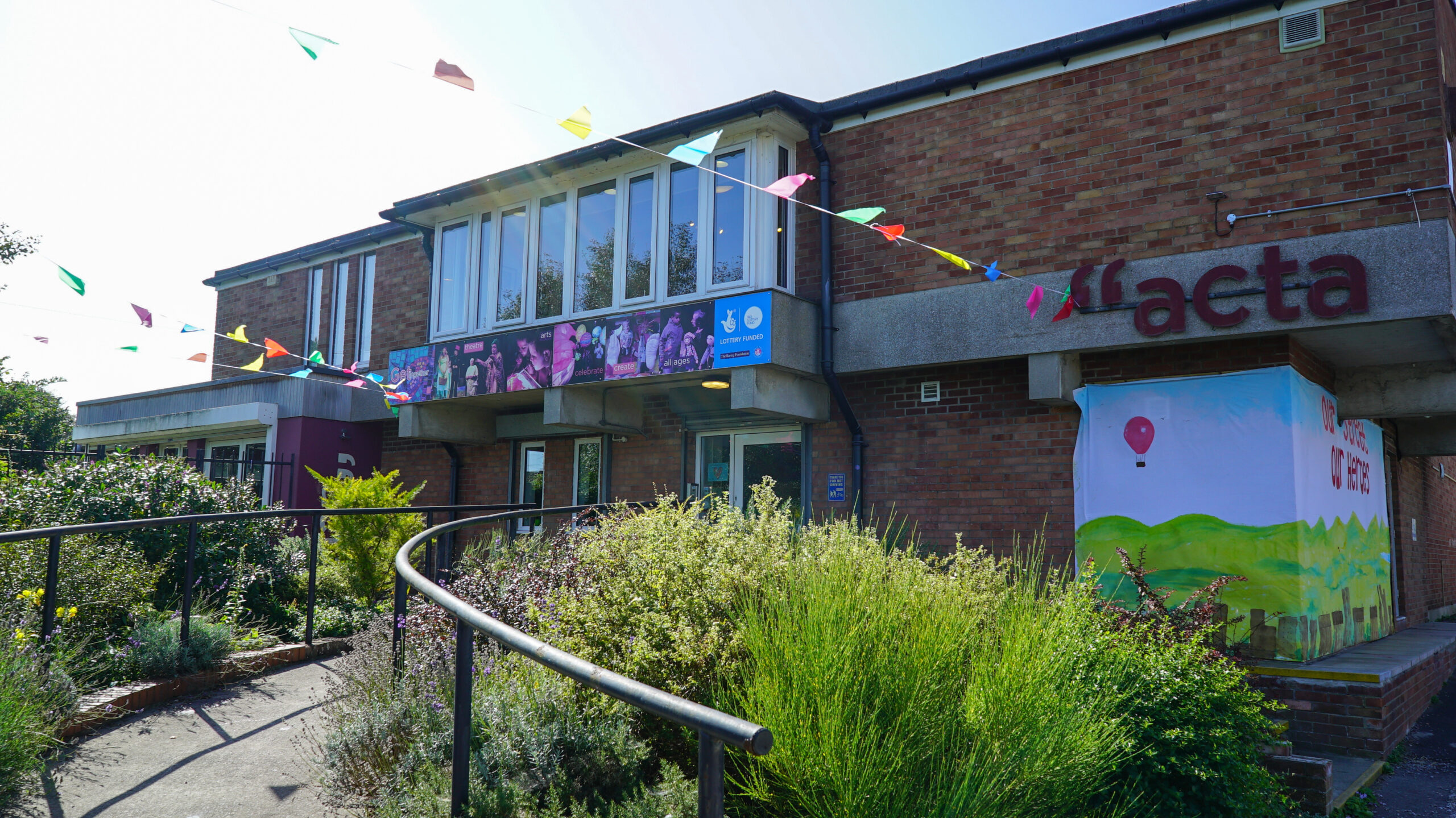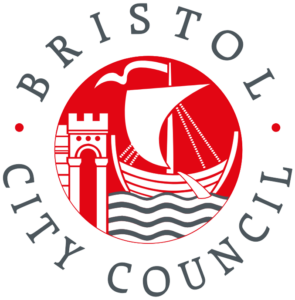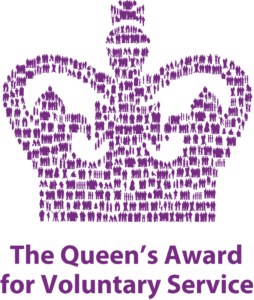acta Child Protection Co-ordinator: Ingrid Jones, Associate Director
Last updated: 15 November 2022
acta is committed to the right of all young people to participate in acta projects, in a safe and caring environment.
Protecting young people from harm at acta is the responsibility of the Council of Management and all staff, freelance workers, volunteers and students on placement.
This policy therefore relates to all children and young people engaging in acta – participants, audiences and other users of acta centre and our services.
Aims and principles
- To take appropriate actions to contribute to the safeguarding of children and young people
- To enable workers to recognise and respond to a child in need
- To enable workers to know their role and the role of others when considering child protection issues
- To have a clear procedure in recording child protection concerns that workers are aware of; with careful consideration to who has access to this
- For workers to have access to phone numbers/sources of advice for supporting children and young people
- For workers to be aware of the problems of promising confidentiality
- For workers to understand their role and responsibilities
Council of Management – responsibilities
The management committee has overall responsibility for child protection within the organisation. It will ensure that all reasonable steps have been taken to fulfil acta’s policy and to support any staff member who may be involved with a referral or disclosure. The management committee will:
- Appoint a board member to lead on child protection
- Ensure that the acta policy is produced, implemented and updated as required
- Ensure that all members of staff and volunteers, as necessary, are aware of child protection procedures
- Ensure that all staff, volunteers and students on placement, as necessary, receive an induction programme and appropriate training on acta’s child protection policy
- Appoint a child protection co-ordinator (currently Ingrid Jones) to liaise with staff members on issues of child protection
- Be aware of their responsibilities as employers and implement good employment practices as part of child protection
Role of the Child Protection Co-ordinator:
- To be the first point of contact for all workers in regard to child protection issues.
- To have up to date information on Bristol’s safeguarding procedure and how to contact First Response.
- To support workers when they are faced with child protection issues.
- To ensure all workers are aware of acta’s child protection policy.
- To take the lead role in training all workers in child protection.
- To ensure there is a record keeping system for all child protection matters and workers are aware of its existence.
- To decide on any necessary action, with the worker concerned e.g. whether to contact First Response or others.
- To report back to the Health & Safety subcommittee regarding policy review.
Role of the individual worker:
- Responding to disclosures – see section in child protection training handbook – All disclosures and /or suspicions of child protection issues should be referred to the child protection co-ordinator for advice, decisions on further action and recording.
- Allegations against workers or volunteers should be responded to in the same way as any disclosure, but confidentiality of record keeping must be closely considered. The matter should be brought to the attention of the line manager and the child protection co-ordinator.
Record keeping
- An electronic file is password protected on the acta database, to record all child protection matters, overseen by the child protection co-ordinator.
- All notes are clearly dated with time and place of either the observation or disclosure and relevant names and notes taken as soon as possible and in line with the confidentiality policy.
- Words used by the young person are detailed exactly, without any interpretation or correction by the worker.
- If necessary, descriptions to explain the position of any cuts, bruises, burns etc are added.
Confidentiality
- Confidentiality should not be promised to young people, as a referral may have to be made for a child or young personal risk.
- Disclosures should not be openly discussed with colleagues.
- It may not be appropriate to discuss child protection issues with parents or carers of a child or young person – first contact should be the child protection co-ordinator.
- Confidentiality should be considered carefully when dealing with allegations against workers or volunteers.
Supporting children and young people
- Be aware of the do’s and don’ts for workers and the dealing with disclosures handouts – part of the child protection training booklet, to assist in supporting a young person or child who discloses that they are being or have been abused.
- Provide young people with numbers for support groups etc.
- Keep in contact with the young person, keeping them informed and try and see the matter through, if appropriate.
- Provide time in a safe environment for the young person or child, as appropriate to the project.
- Look for support – without disclosing confidential information.
Dealing with disclosures: Procedures
Receive
- Listen to the child or young person. If you are shocked by what they tell you, try not to show it. Take what they say seriously. Young people rarely lie about abuse. To be disbelieved adds to the traumatic nature of disclosing. Young people may retract what they have said if they meet revulsion or disbelief.
- Accept what the young person says. Be careful not to burden them with guilt by asking ‘why didn’t you tell me before?!’
Reassure
- Stay calm and reassure the young person that they have done the right thing in talking to you. It’s essential to be honest with a young person, so don’t make promises you may not be able to keep like ‘I’ll stay with you now’ or ‘everything will be alright now’.
- Don’t promise confidentially: you have a duty to refer a young person who is at risk.
- Try to alleviate any feelings and guilt that the young person displays. For example you could say: ‘you’re not to blame’ or ‘your not the only one this sort of thing happens to’.
- Acknowledge how hard it must have been for the young person to tell you what happened.
- Empathise with the young person – don’t tell them what they should be feeling.
Dealing with disclosures: Procedures continued
React
- React to the young person only as far as necessary for you to establish whether or not you need to refer this matter.
- Do not ask ‘leading’ questions such as: ‘ what did he do next?’ ( this assumes that he did do something next) or ‘ did he touch your private parts?’ Such questions may invalidate your evidence (and that of the young person) in any later prosecution in court. Instead ask open questions such as: ‘anything else to tell me?’ or prompt them gently by just saying ‘yes?’ or ‘and…?’
- Do not criticise the perpetrator: the young person may love him or her and reconciliation may be possible.
- Do not ask the young person to repeat anything to another worker.
- Explain what you have to do next and who you need to speak to.
- Inform designated person for the child protection (this will probably be your line manager)
- Try to see the matter through yourself and keep in contact with the young person.
- If a social services interview is to follow, ensure that the young person has a ‘support person’ (possibly yourself) present yourself if they wish.
Record
- Make some brief notes at the time of the disclosure on any paper which comes to hand and write these up as soon as possible.
- Do not destroy your original notes in case they are required by court.
- Record date, time and place of the disclosure, along with the words used by the young person and any noticeable non-verbal behaviour. If young person uses their family’s own private sexual words record the actual words rather than translating them into ‘normal’ words.
- Draw a diagram to indicate the position of any bruising.
- Be objective in your recoding: include statements and observable things rather than your interpretations or assumptions.
The context of child protection
Everybody shares some responsibility for promoting welfare of children, as a parent or family member a concerned friend or neighbour, employee, staff member or volunteer. Members of all community can help to safe guard children if they are mindful of children needs, and willing and able to act if they have concerns about a child’s welfare
Working together to safeguard children, DoH/Home Office/DfEE/National Assembly of Wales, 1999
Why are we here
all those in contact with children or parents should be able to;
- Contribute and take whatever actions are needed to safeguard children
- Recognise and respond to concerns about a child in need
- Appreciate own role and that of others
- Communicate and act appropriately within the national and local guidance to safeguard children
- Be familiar with local arrangements, services and sources of advice for supporting families and safeguarding children
Working together to safeguard children (1999)
Definitions for abuse
The abuse of power by a person who is developmentally older and/or stronger than another, resulting in some distress, harm or neglect of necessary attention for the victim.
Categories of abuse
The following categories are used for entry on the child protection register and for statistical recording:
- Neglect
- Physical injury
- Sexual abuse
- Emotional abuse
Neglect
Neglect is the persistent failure to meet a child’s basic physical and psychological needs, likely to result in serious impairment of the child’s health or development. It may involve a parent or carer failing to provide adequate food, shelter and clothing, failing to protect a child from physical harm or danger, or failure to ensure access to appropriate medical care or treatment. It may also include neglect of a child’s basic emotional needs.
Physical abuse
Physical abuse may involve hitting, shaking, throwing, poisoning, burning or scalding, drowning, suffocation or otherwise causing harm to a child. ‘Munchausen syndrome by Proxy’ may also constitute physical abuse, whereby a parent or carer feigns the symptoms of, or deliberately causes ill health to a child.
Sexual abuse
Sexual abuse involves forcing or enticing a child or young person to take part in sexual activities whether or not the child is aware it happening. The activities may involve physical contact; including penetrative or non- penetrative acts. They man involve non-contact activities such as involving children in looking at pornographic material or watching sexual activities, or encouraging children to behave in sexually inappropriate ways.
Emotional abuse
Emotional abuse is the persistent ill treatment of a child such as to cause severe and persistent adverse effects on the child’s emotional development. It may involve conveying to children that they are worthless or unloved, inadequate, or valued only insofar as they meet the need of another person. It may involve causing children frequently to feel frightened or in danger, or the exploitation or corruption of children. Some level of emotional abuse is involved in all types of ill treatment to a child, though it may occur alone.
The definitions on these pages were taken from ‘Working together to safeguard children: a guide to interagency working together to safeguard and promote the welfare of children’, Department of Health/Home/Office/Department for Education and Employment/National Assembly of Wales, 1999
Signs & Symptoms
Below is a list of signs and symptoms which may indicate abuse (either current abuse or abuse that has taken place in the past):
- Self-injury, self-destructive behaviour, attempted suicide/talking about suicidal feelings
- Eating disorders
- Depression, withdrawal
- Over compliant behaviour
- Unexplained gifts of money
- Sleep disturbances/nightmares
- Promiscuous behaviour
- Prostitution (male and female)
- Proactive sexual behaviour
- Unexplained injuries (including burns) if recurrent
- Refusal to discuss injuries/improbable explanation for injuries
- Very aggressive/bullying behaviour
- Flinching – fear of physical contact
- Running away from home
- Being thrown away from home
- Continual self-deprecation
- Inappropriate responses to painful situations
- Compulsive stealing
- Social isolation
- Desperate attention seeking behaviour
- Phobias
- Drug/solvent abuse
Last updated
15 November 2022
Ingrid Jones
Associate Director



